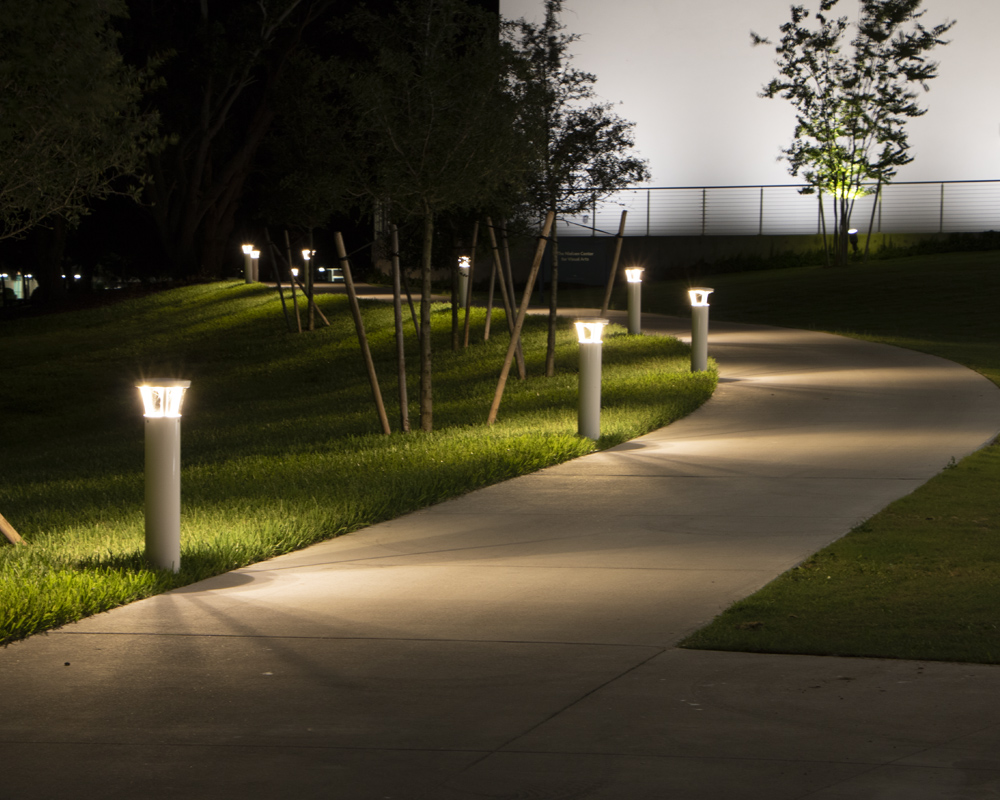Pathway Lighting: Guiding Your Way Safely and Stylishly
Pathway Lighting: Guiding Your Way Safely and Stylishly
Blog Article

Pathway lighting is more than just a practical necessity; it's an opportunity to enhance the beauty and safety of your outdoor space. Well-lit pathways not only guide your steps after dark, preventing accidents and falls, but also add a touch of elegance and sophistication to your landscape.
This article explores the importance of pathway lighting and offers tips for choosing fixtures and creating a lighting design that's both functional and aesthetically pleasing.
The Importance of Pathway Lighting:
Pathway lighting serves several crucial purposes:
Safety: Illuminating walkways and driveways is essential for preventing trips, falls, and other accidents, especially in dimly lit areas. This is particularly important for guests, elderly individuals, and children.
Security: Well-lit pathways deter intruders and provide a sense of security. Motion-activated lights can further enhance security by automatically turning on when someone approaches.
Navigation: Pathway lighting makes it easy to navigate your property at night, guiding you and your guests safely to your destination.
Aesthetics: Pathway lighting adds a touch of beauty and elegance to your landscape, highlighting its features and creating a welcoming ambiance.
Choosing the Right Fixtures:
Selecting the right pathway lighting fixtures is crucial for both functionality and style. Consider the following factors:
Style: Choose fixtures that complement your home's architecture and the overall aesthetic of your landscape. From traditional lanterns to modern minimalist designs, there's a wide range of styles available.
Material and Durability: Outdoor fixtures are exposed to the elements, so choose durable, weather-resistant materials like cast aluminum, copper, or stainless steel.
Finish: The finish of your fixtures contributes to the overall look. Consider finishes like black, bronze, or brushed nickel.
Height and Spacing: Choose fixtures that are the appropriate height for your pathway and space them evenly to provide adequate illumination. Low-level lights are typically used for pathways, as they provide sufficient light without creating glare.
Light Output and Distribution: Consider the amount of light the fixture produces and how that light is distributed. Pathway lights should provide enough light to illuminate the path without being overly bright.
Energy Efficiency: LED lighting is the most energy-efficient option, offering long lifespan and low operating costs.
Types of Pathway Lighting Fixtures:
Here are some common types of pathway lighting fixtures:
Low-Voltage Path Lights: These are the most popular choice for pathway lighting. They are energy-efficient, easy to install, and offer a wide range of styles.
Solar-Powered Path Lights: These are a convenient and eco-friendly option. They require no wiring and are powered by the sun.
Line-Voltage Path Lights: These are less common for pathways due to their higher voltage, but they can be used in certain applications.
Bollard Lights: These are taller fixtures that provide more widespread illumination. They are often used in commercial settings but can also be used in residential landscapes.
Recessed Lights: These are installed flush with the ground or pathway surface, providing a subtle and unobtrusive light source.
Creating a Pathway Lighting Design:
Before installing any lights, it's essential to plan your pathway lighting design carefully. Consider the following:
Path Width: Wider pathways may require more lights or brighter fixtures.
Obstacles: Identify any obstacles along the pathway, such as steps, curves, or landscaping features, and ensure they are adequately illuminated.
Focal Points: Use pathway lighting to highlight focal points in your landscape, such as a garden feature or a specimen plant.
Layering: Combine pathway lighting with other types of outdoor lighting, such as landscape lighting or architectural lighting, to create depth and visual interest.
Installation and Maintenance:
While some simple pathway lighting projects can be DIYed, it's often best to hire a qualified electrician for more complex installations. Safety is paramount when working with electricity. Regular maintenance is essential for keeping your pathway lighting looking its best. Clean fixtures regularly to remove dirt and debris, and check bulbs and replace them as needed.
By carefully planning and implementing your pathway lighting design, you can create a safe, functional, and beautiful outdoor space that you and your guests can enjoy for years to come. Well-lit pathways not only enhance the curb appeal of your home but also create a welcoming and inviting atmosphere.